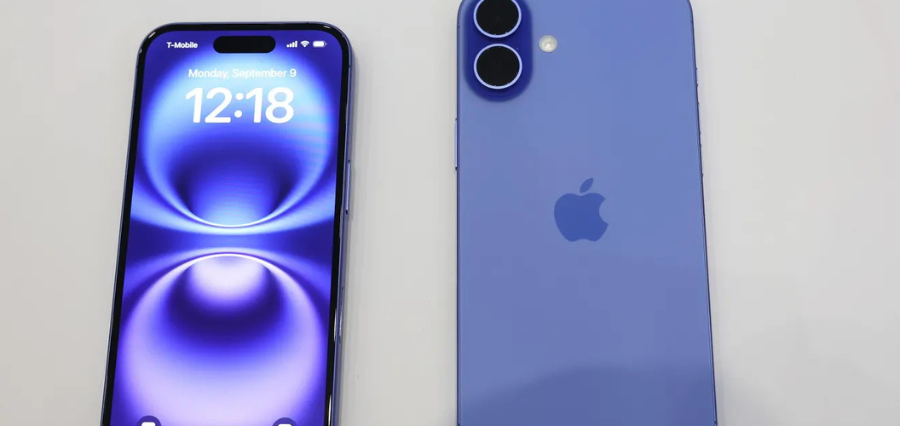Prime Highlights
- iPhone 17 reportedly has a thinner build and new colorway.
- Apple could bring a 120Hz OLED screen, but without ProMotion’s complete features.
Key Facts
- The screen will allegedly employ LTPS OLED instead of the LTPO used by Pro models.
- This could result in greater battery usage and no always-on display.
- A new, more slender framework and distinctive look are major design alterations.
Key Background
Leaks indicate Apple is updating the standard iPhone 17 with both aesthetic and performance upgrades, hoping to differentiate it from earlier iterations without making it too differentiated from the Pro series. The most significant update is the rumored addition of a 120Hz OLED screen, improving visual smoothness for scrolling and animations. Unlike the Pro series, however, this screen is not predicted to be LTPO (Low-Temperature Polycrystalline Oxide) technology-supported.
LTPO panels support dynamic refresh rate scaling—between as low as 1Hz and 120Hz—to support features such as always-on display and power saving with static content. The base iPhone 17 would probably employ an LTPS (Low-Temperature PolySilicon) OLED panel, which sets the refresh rate at 120Hz without adaptive control. Consequently, the phone may not have sophisticated display features like gaming variable refresh rate (VRR) and always-on but will also have less efficient battery life relative to Pro devices.
Another significant shift is in form factor. Rumors suggest the iPhone 17 will be thinner than its predecessor, marking a modest but significant shift in Apple’s industrial design language. It’s also expected to be released in a fresh new colorway, looking to differentiate visually from other iPhone models and appeal to design-driven consumers.
Apple’s strategy is typical for the company—bringing significant enhancements to the standard model without depopularizing Pro sales. With its provision of a higher refresh rate and streamlined design to the iPhone 17, Apple pushes the standard iPhone further toward premium but continues to hold back top-line features to maintain a distinct product hierarchy.
If they’re true, these leaks build anticipation for a stylish, more responsive iPhone experience—minus some of the battery and screen optimizations exclusive to Pro users.















